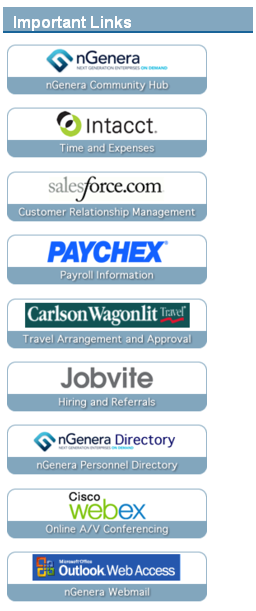First post in a series of great products that will help jumpstart the economy.

I had a great interview and demo yesterday with someone I admire in the blogosphere, fellow EI Bob Warfield. More than a few times this year, I’ve checked out his stealthy, yet healthy company: HelpStream. What the world needs now is not Love, Sweet, Love or Skittles, it’s products that help create profitable relationships and foster customer loyalty. HelpStream is one of a number of fantastic tools in the market that can help an enterprise improve their customer experience while improving their balance sheet.
With impressive ROI analytics and a gorgeous, easy to use UI, HelpStream goes far to give customers solutions with a minimum of effort and offers companies the means to engage customers on their own terms relying on a searchable knowledge base and self-supporting Web community. Particularly suited for web savvy and web-centric companies, HelpStream brings a social advantage to customer engagement. Further, tight integration to Oracle CRM and Salesforce enables (from the site) “customers and service representatives to search solution articles, post and answer questions, participate in group discussions, engage in idea brainstorming, utilize Interactive Checklists (step-by-step instructions), and instantly transition between unassisted and service rep-assisted processes at any time. In addition, customer service representatives using the pre-integrated solution access all of this information from within the Oracle CRM On Demand or Salesforce system.” What’s most impressive to me is Bob can demonstrate a ROI for HelpStream in months, not years. Ask him to show you the chart.
We got to talking about how there is a lack of awareness outside of the echo chamber regarding the power of communities and socio-collaboration. He said he hears the comment, “I had no idea that was even possible” all the time. There are areas within enterprise that should be moving quickly to embrace social leverage. One of the most obvious to me is customer experience/customer satisfaction. There is simply no better way to treat your customers well and demonstrate the value of democratic leadership and innovation than engaging them in a meaningful, responsive community that is open to ideas and criticism.
UPDATE 3/6: CRM guru Paul Greenberg validated my opinion on HelpStream. Excellent analysis of CRM 2.0 on Paul’s blog.












 I remember snatching up
I remember snatching up